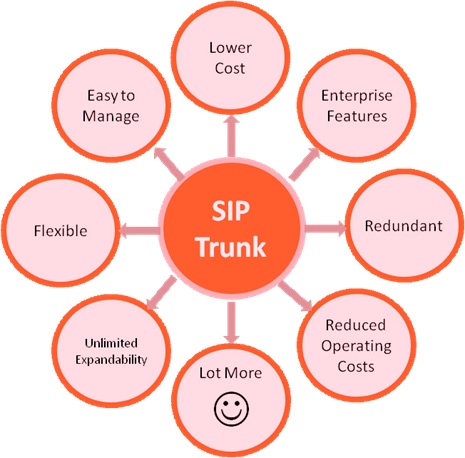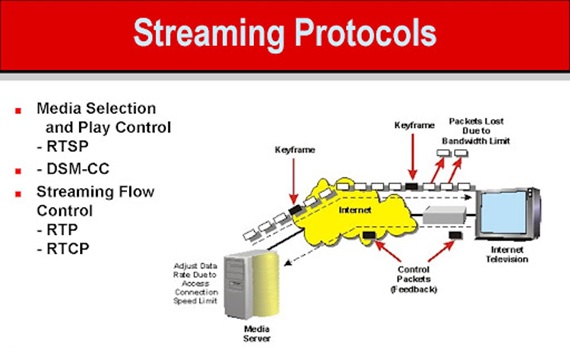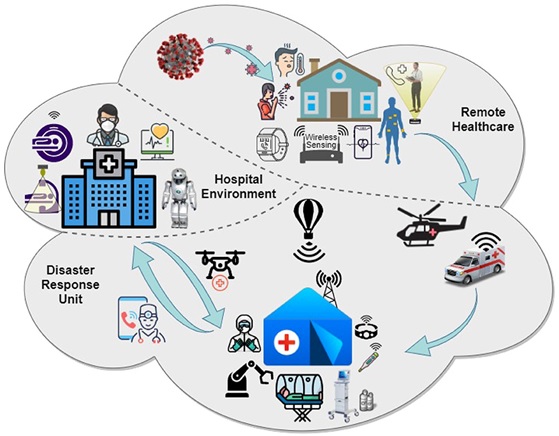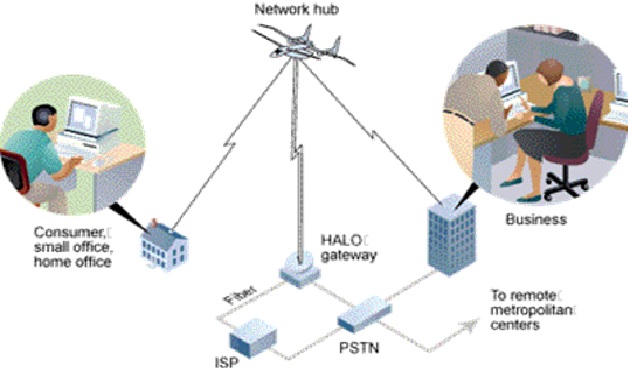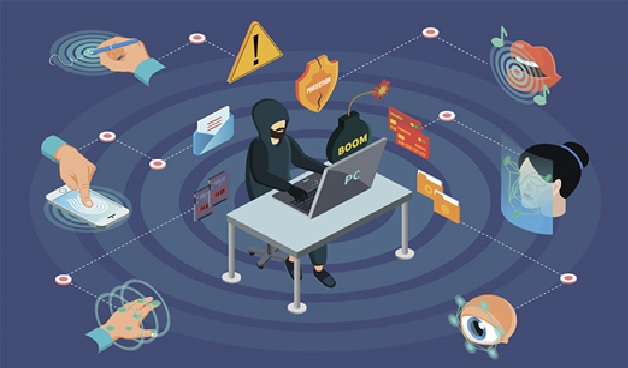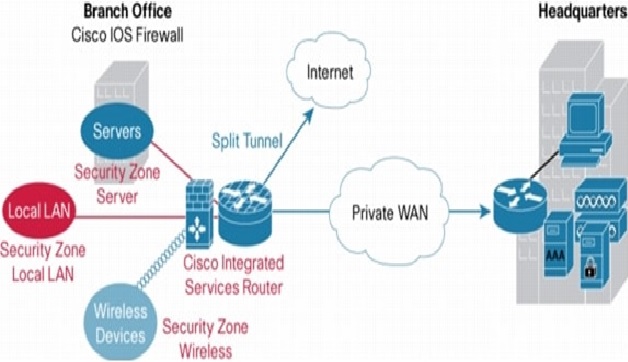Multiprotocol Label Switching (MPLS)
Multiprotocol Label Switching (MPLS) is a protocol-agnostic routing technique designed to speed up and shape traffic flows across enterprise wide area and service provider networks.
MPLS allows most data packets to be forwarded at Layer 2 -- the switching level -- of the Open Systems Interconnection (OSI) model, rather than having to be passed up to Layer 3 -- the routing level. [1]
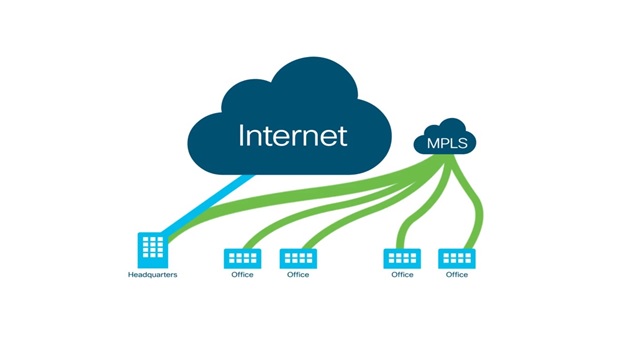
Figure 1. Multiprotocol Label Switching (MPLS)
Figure 1 shows the first time a packet enters the network, it’s assigned to a specific forwarding class of service (CoS)—also known as a forwarding equivalence class (FEC)--indicated by appending a short bit sequence (the label) to the packet. These classes are often indicative of the type of traffic they carry. For example, a business might label the classes real time (voice and video), mission critical (CRM, vertical app), and best effort (Internet, email), and each application would be placed in one of these classes. The fastest, low-latency path would be reserved for real-time apps like voice and video, thereby ensuring quality is high. Separating traffic based on performance is impossible to do with other routing protocols. [2]
Basically, MPLS was designed to integrate information of the Layer 2 into the Layer 3 (IP) based systems. The layer 2 information consists of bandwidth details, latency, and network utilization. With the help of integration, the network operators will be empowered with a great deal of flexibility. They can divert and route traffic around link failures, congestion, and bottlenecks. These things will provide high standards of QoS because ISPs will be better equipped to manage different kinds of data streams based on their assigned priority and service plan. [4]
MPLS versus SD-WAN
SD-WAN represents evolution of MPLS technology which has successfully powered private connectivity for more than two decades. In many ways, SD-WAN can be seen as a software abstraction of MPLS technology that is applicable to wider scenarios i.e. it brings secure, private connectivity agnostic to all kinds of links and providers and is cloud aware. Whereas MPLS handled failure scenarios with backup links, SD-WAN handles them with real-time traffic steering based on centralized policy. Also, given that SD-WAN unifies the entire WAN backbone, it delivers comprehensive analytics across the full enterprise back bone, globally. This wasn’t possible before due to disparate pieces of infrastructure and policy. [3]
References:
- https://www.techtarget.com/searchnetworking/definition/Multiprotocol-Label-Switching-MPLS
- https://www.networkworld.com/article/2297171/network-security-mpls-explained.html
- https://www.cisco.com/c/en_in/products/ios-nx-os-software/multiprotocol-label-switching-mpls/index.html
- https://wheelhouse.solutions/what-is-mpls-and-why-is-it-so-special/
Cite this article:
Thanusri swetha J (2021), Multiprotocol Label Switching (MPLS), AnaTechMaz, pp. 45


